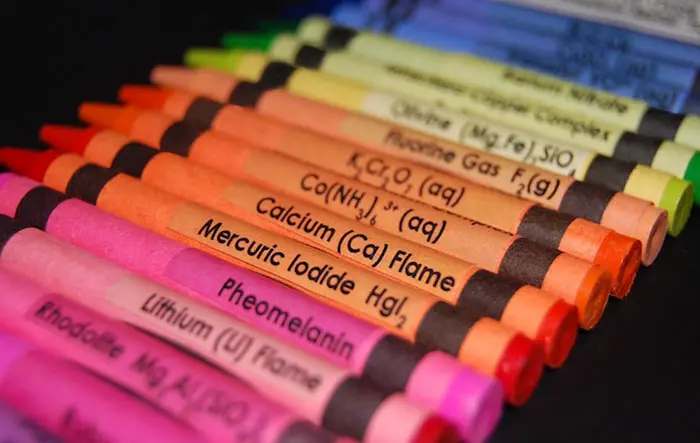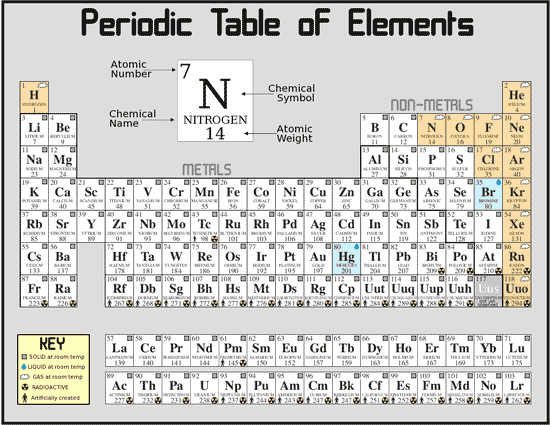

Over time, the pipe begins to oxidize and iron oxide (Fe 2O 3) is formed. Chemistry studies the formation and destruction of the chemical bonds in those compounds.įor example, a chemistry experiment might study a rusting pipe. Chemical reactions occur when different compounds combine and create new compounds. And atoms of different elements can combine to form compounds. And small pieces of matter combine to form atoms. Now you know that chemistry is the study of matter. Isotopes and ions are still the same element even though they have different numbers of neutrons and electrons. Atoms with the same number of protons and different numbers of neutrons are called isotopes of an element. You may have four neutrons, but you might also have three or five neutrons. Those ions are still considered beryllium atoms. Some atoms may have three electrons, leaving the atom with a positive charge ( ions). Some of those atoms may have four electrons (neutral). If you have a batch of atoms and they all have the same number of protons, they are all one element.įor example, if the atoms all have four protons, they are beryllium (Be) atoms. An element is made of atoms that have the same number of protons. We want to say the atoms are exactly the same, but that’s not quite true. What are Elements? Elements are pieces of matter where all of the atoms have the same chemical properties. When the small parts are combined into atoms, chemists can start to see properties and patterns in their behavior. But those teeny-tiny particles don’t have the properties of an element. You might say, “Why doesn’t chemistry focus on electrons? Shouldn’t chemists work with the smallest pieces of matter?” Yes, electrons are smaller than atoms and there are subatomic particles that are smaller than electrons. Hydrogen (H) has an average atomic mass of 1 while carbon (C) is about 12 and calcium (Ca) is about 40. Because they have different numbers of parts, atoms of each element have different masses.
/accurate-illustration-of-the-periodic-table-82020791-57cc76f23df78c71b66efbd7.jpg)
All atoms have the same basic parts ( electrons, protons, and neutrons), but they are arranged in different ways. The mass will be the same.Ītoms in Chemistry Atoms are the smallest and most basic units of matter that have the properties of an element. Since Jupiter is much larger than the Earth (stronger gravitational force), the weight of that iron on Jupiter will be much heavier. That kilogram of iron will weigh more on the Earth because the Earth has a stronger gravity than the Moon. Weight is based on the gravity of the environment. One kilogram of iron (Fe) will have the same mass on the Earth or the Moon. Mass is an amount of matter that is the same everywhere in the Universe. Just so you know, mass and weight are different. Holding an object will tell you the object’s weight and give you a good idea of its mass when compared to other objects. You don’t need chemistry to tell you an elephant has a lot of mass, a butterfly has less mass, and an atom has even less mass. For now, you can think of mass in terms of weight. Technically, mass is the amount of matter you have. Even the smallest particles and pieces of atoms take up some space. The rest is made of dark matter and dark energy. Scientists theorize all of the matter we can observe makes up about 5% of the Universe.

Chemists use special equipment to study those little guys. There are also very small pieces of matter that you can’t see or touch. Any object you can see, smell, or touch is made of matter.

Matter is the air you breathe, the water you drink, the ground you walk on, the flowers you smell, and the food you taste. If chemistry is the study of matter, what is matter? Matter is the stuff around you. Over thousands of years, chemists have come to understand many different ways that matter changes and moves across the Universe. Chemistry always goes back to the study of matter. Chemists also look at the way acids can dissolve certain compounds (reactions). As a chemist, you might measure the energy of atoms (state of matter). As a chemist, you might look at the amount of space an object can fill (density). What is Chemistry? Chemistry is the scientific study of matter.


 0 kommentar(er)
0 kommentar(er)
